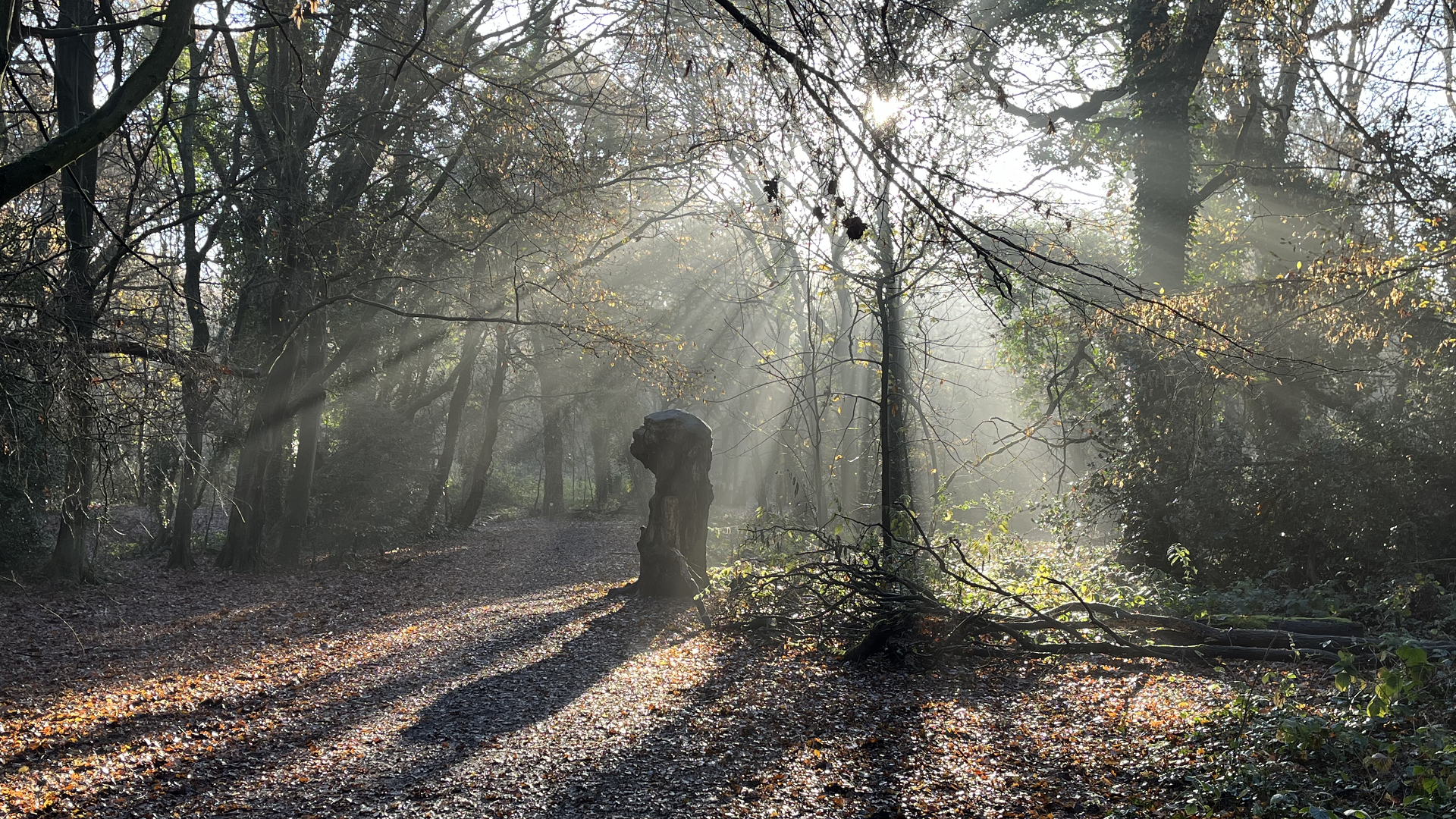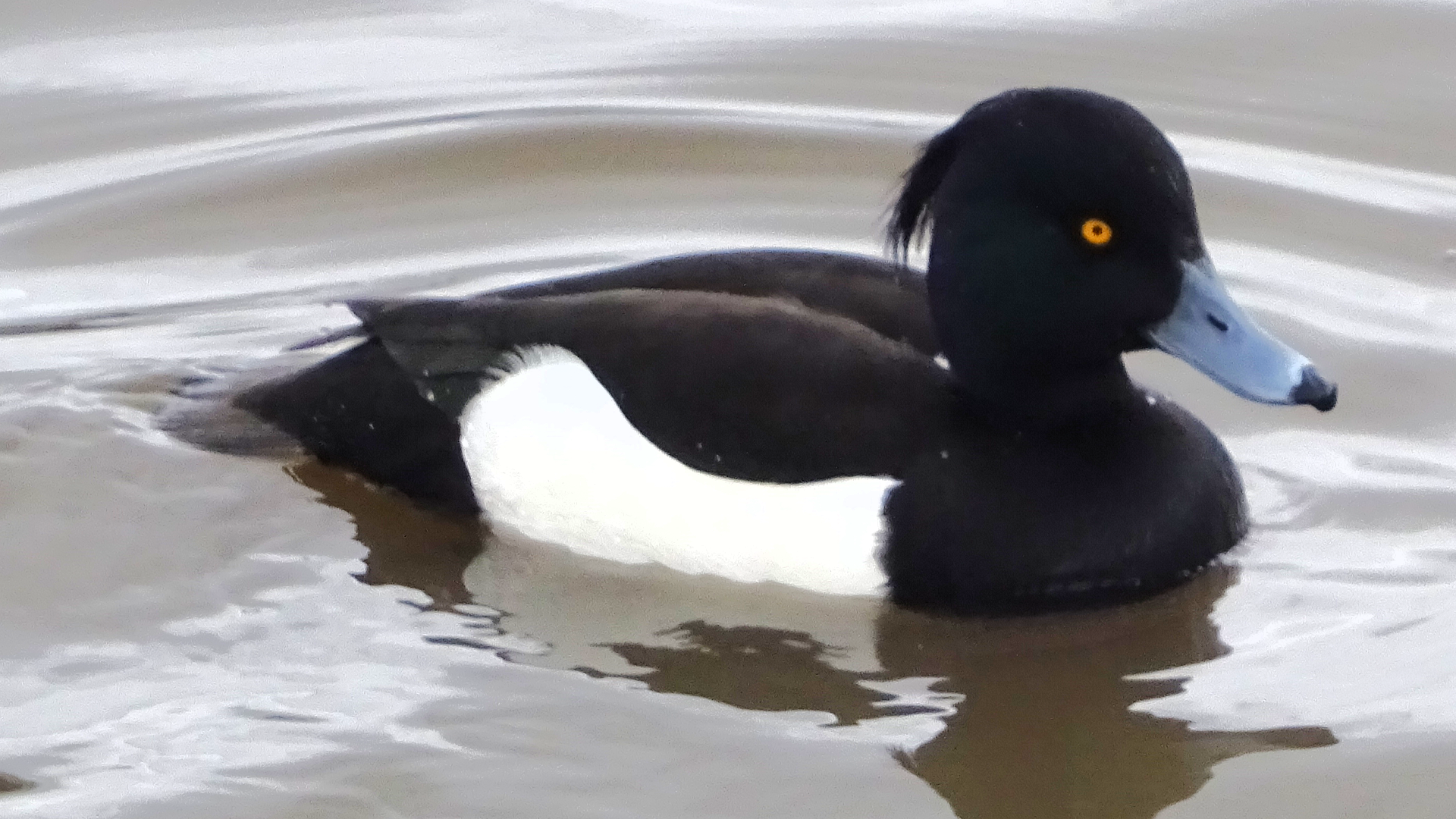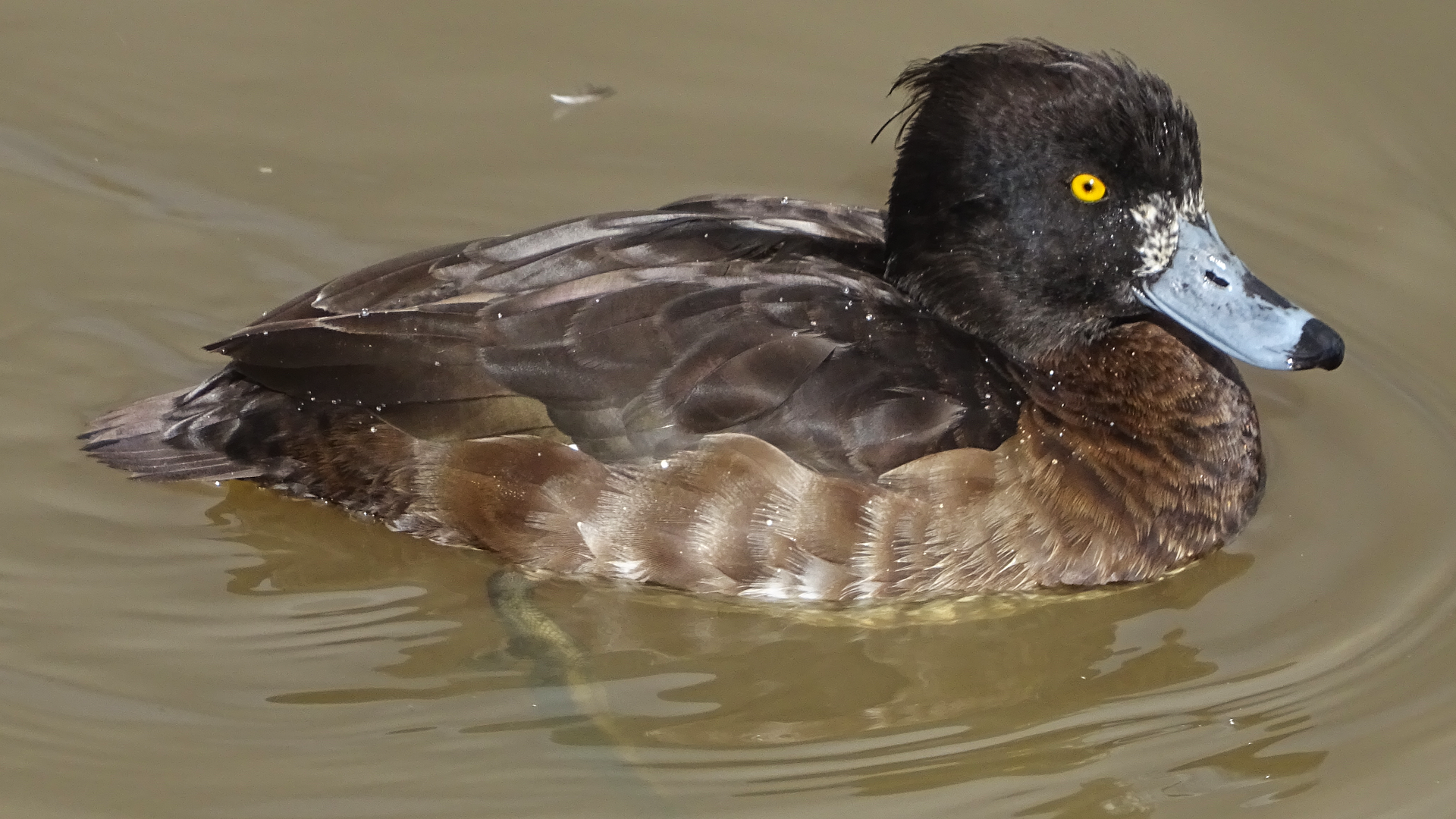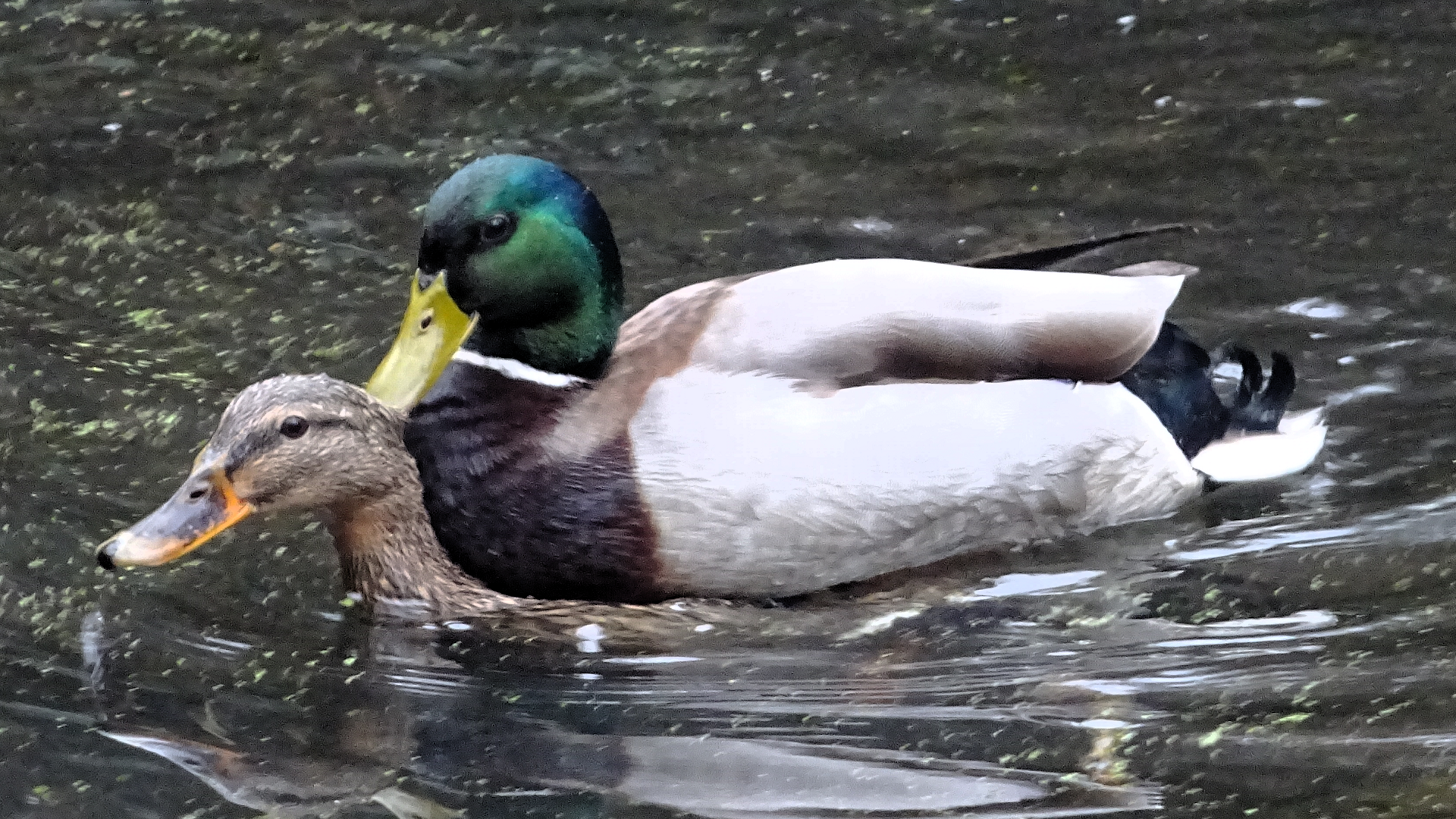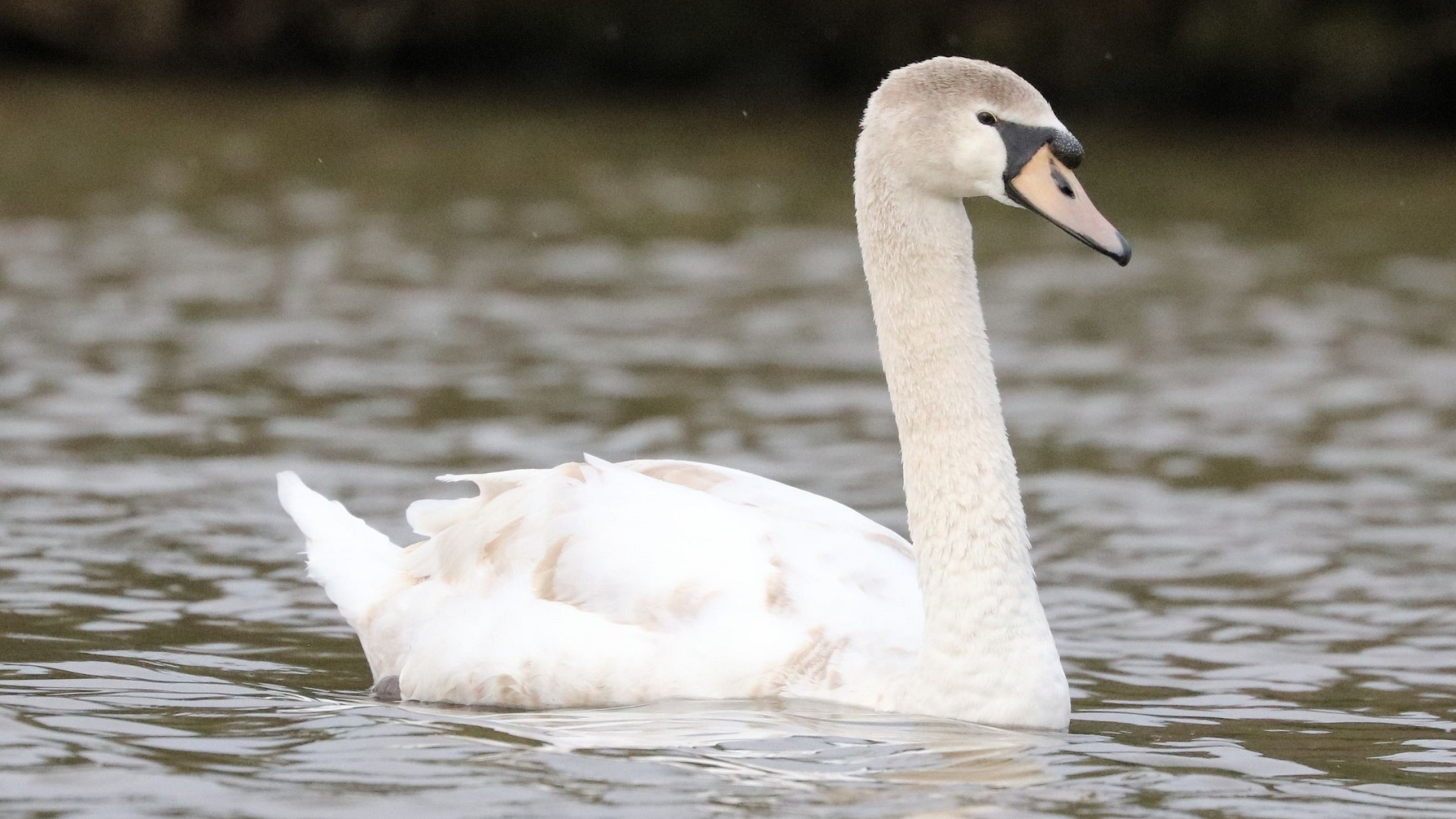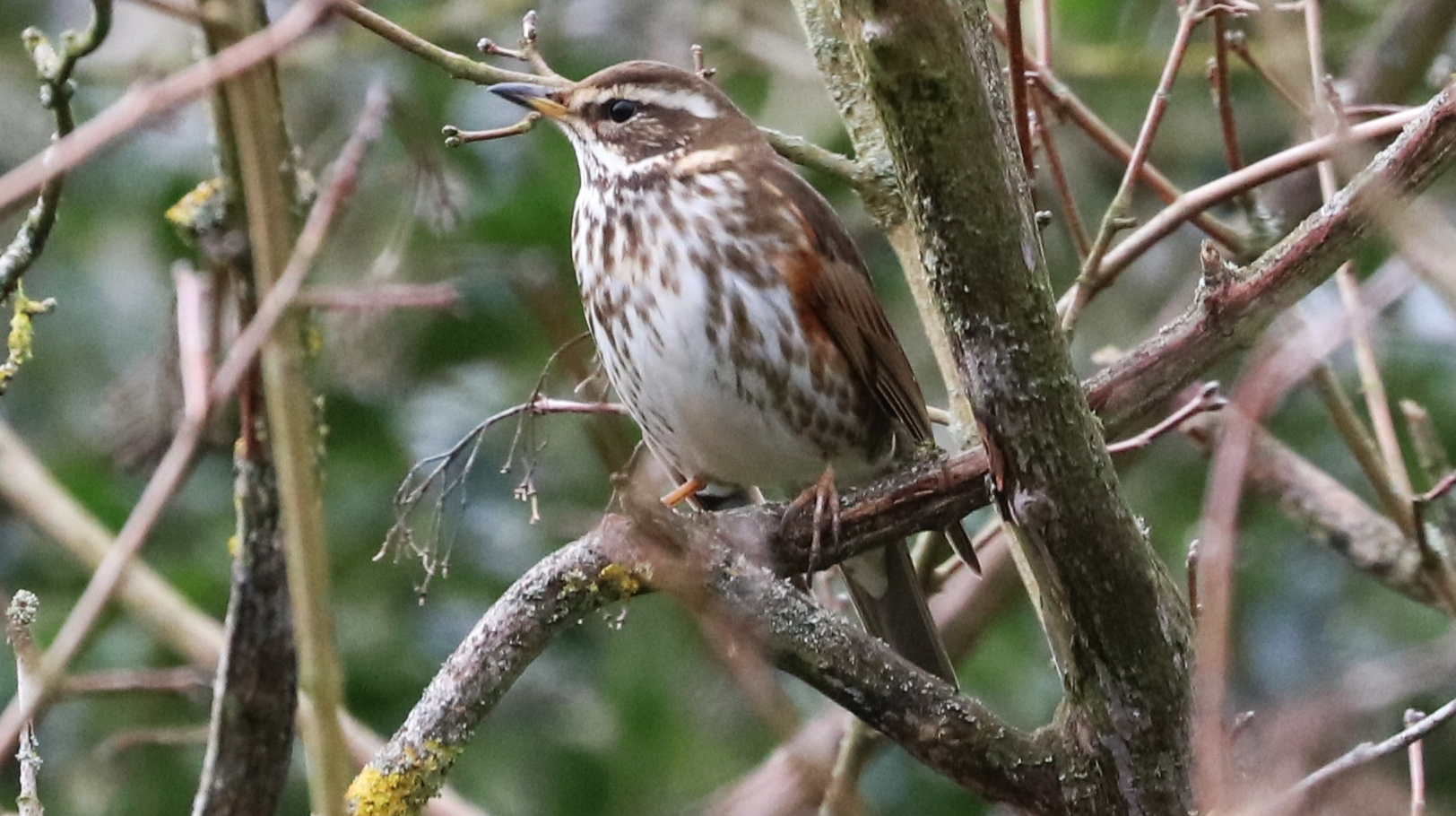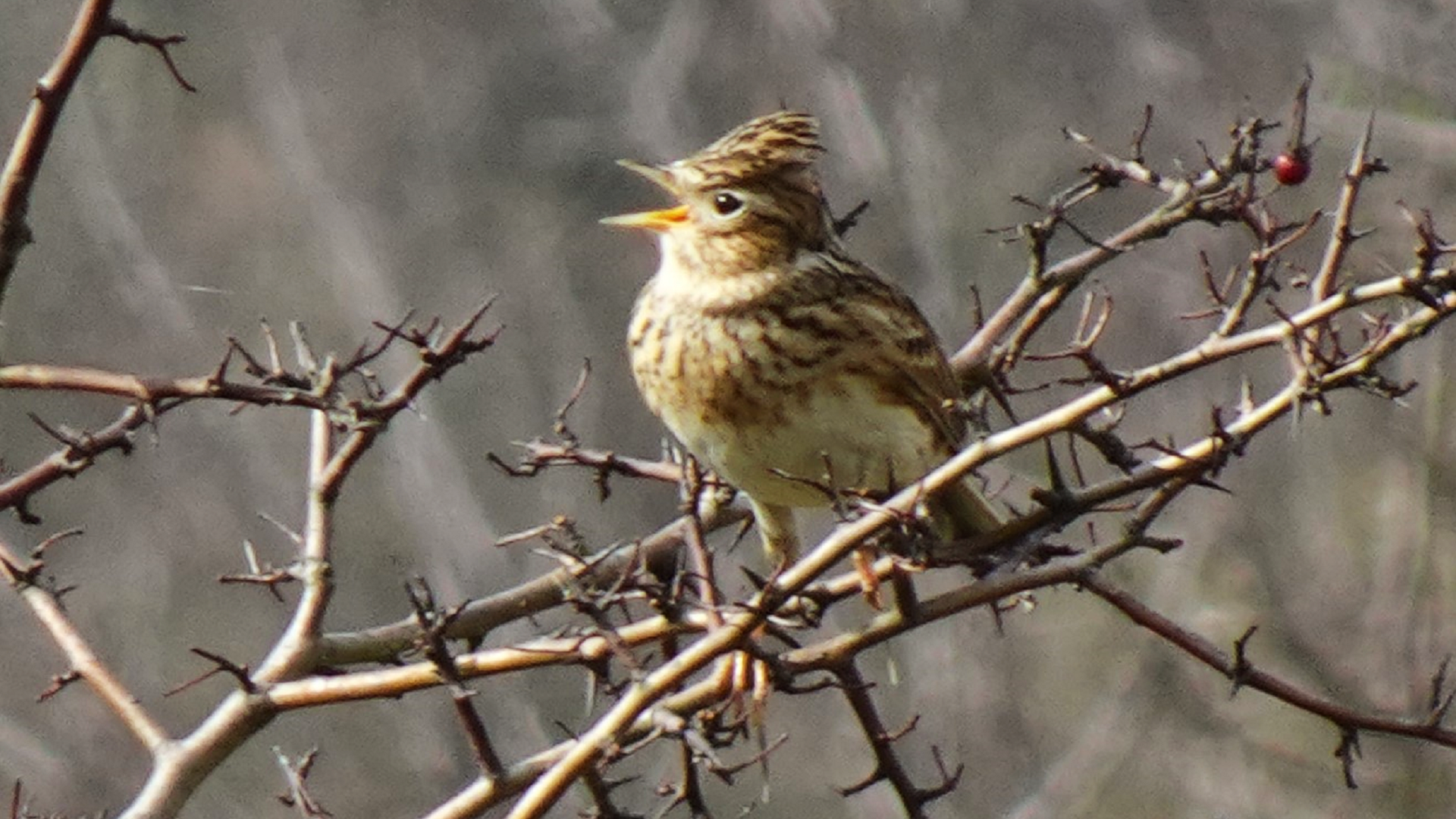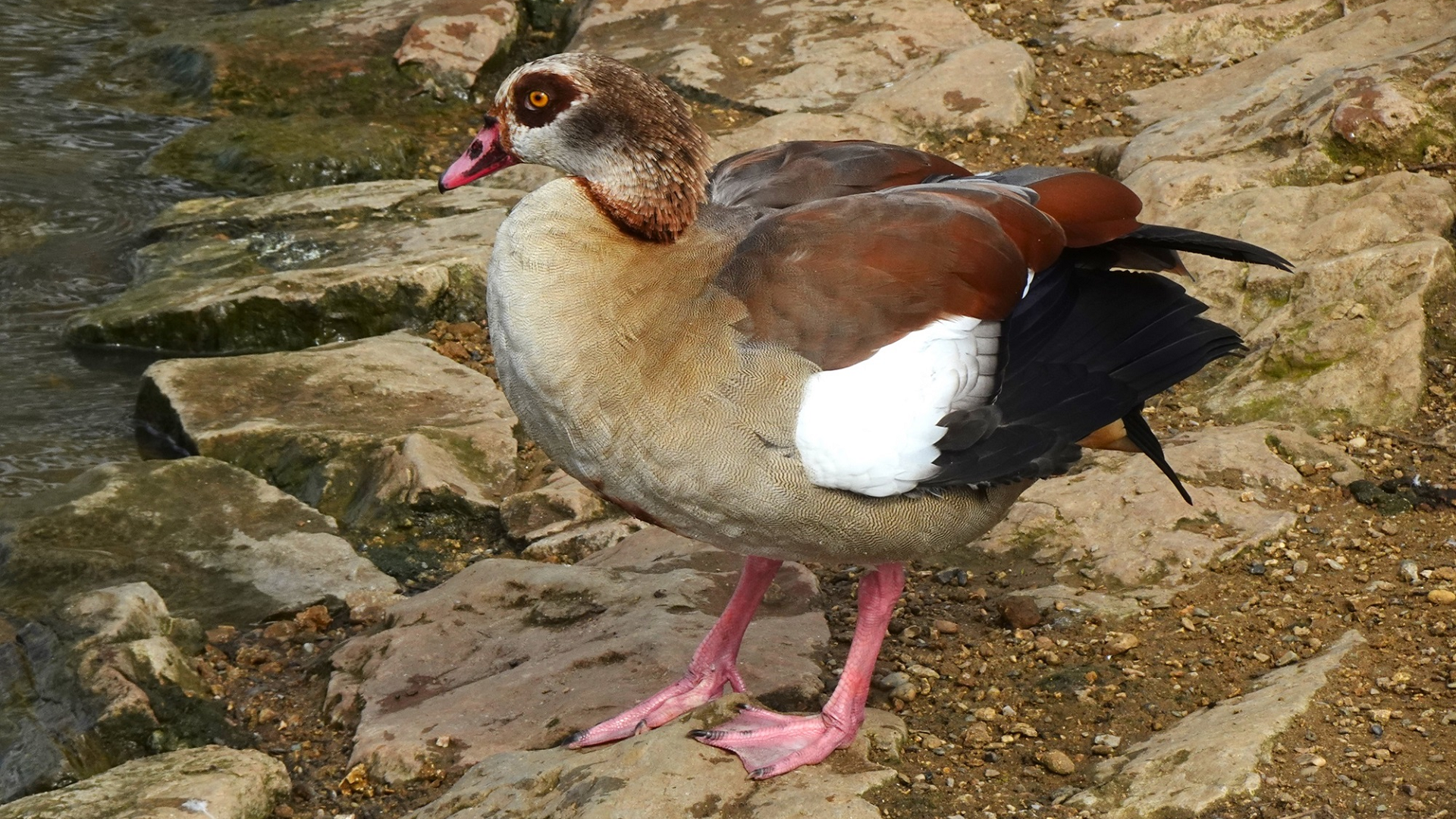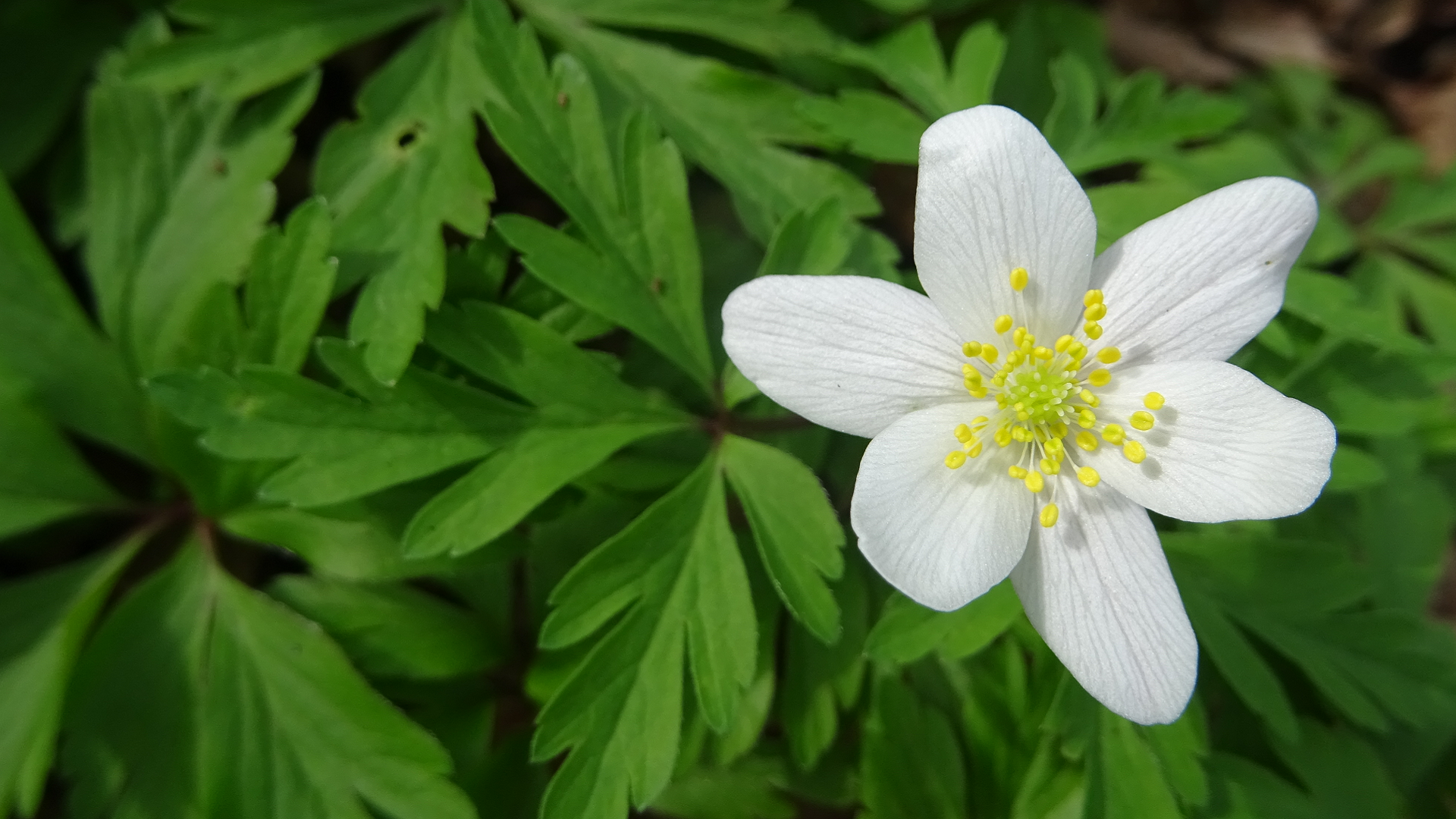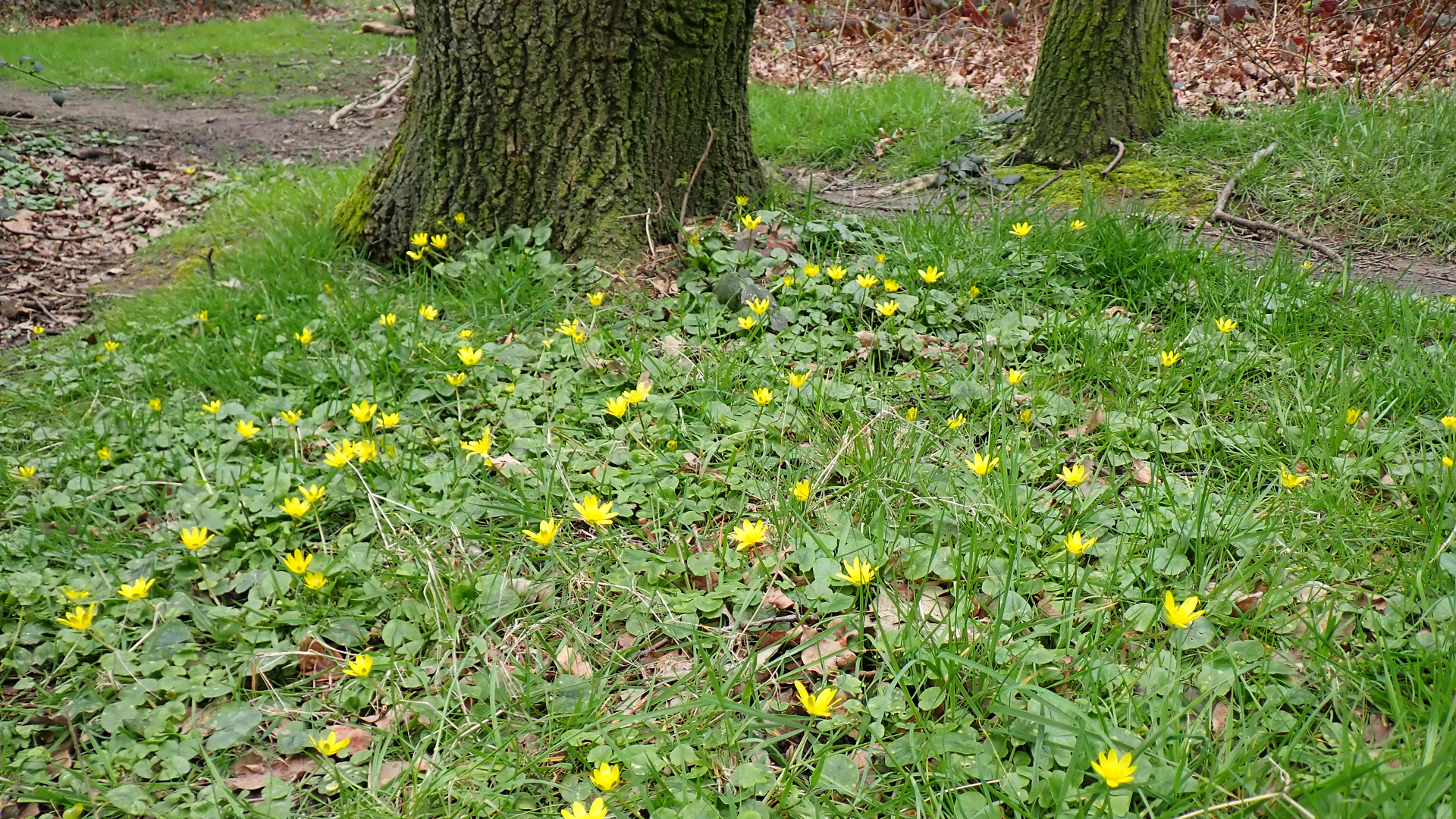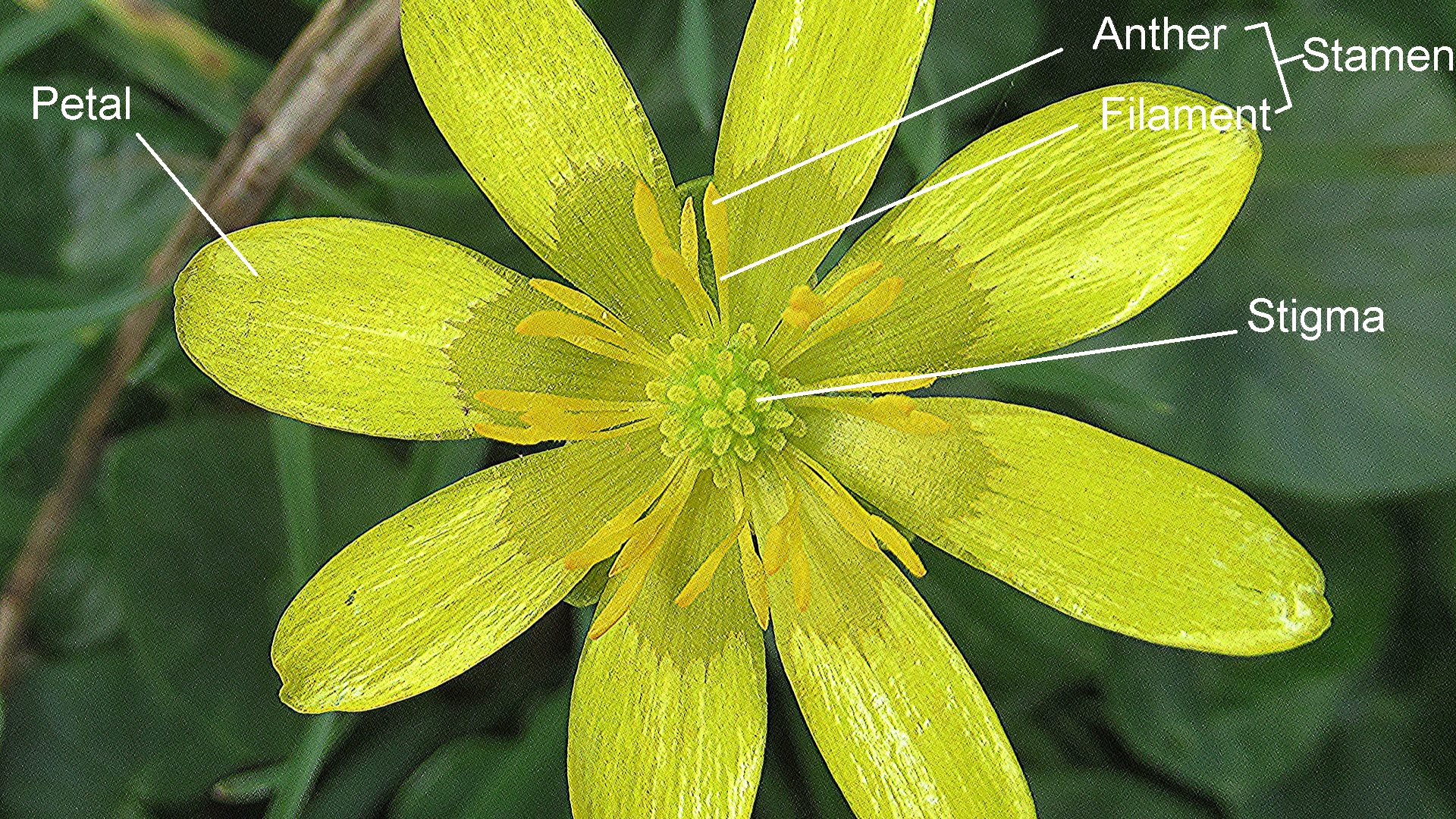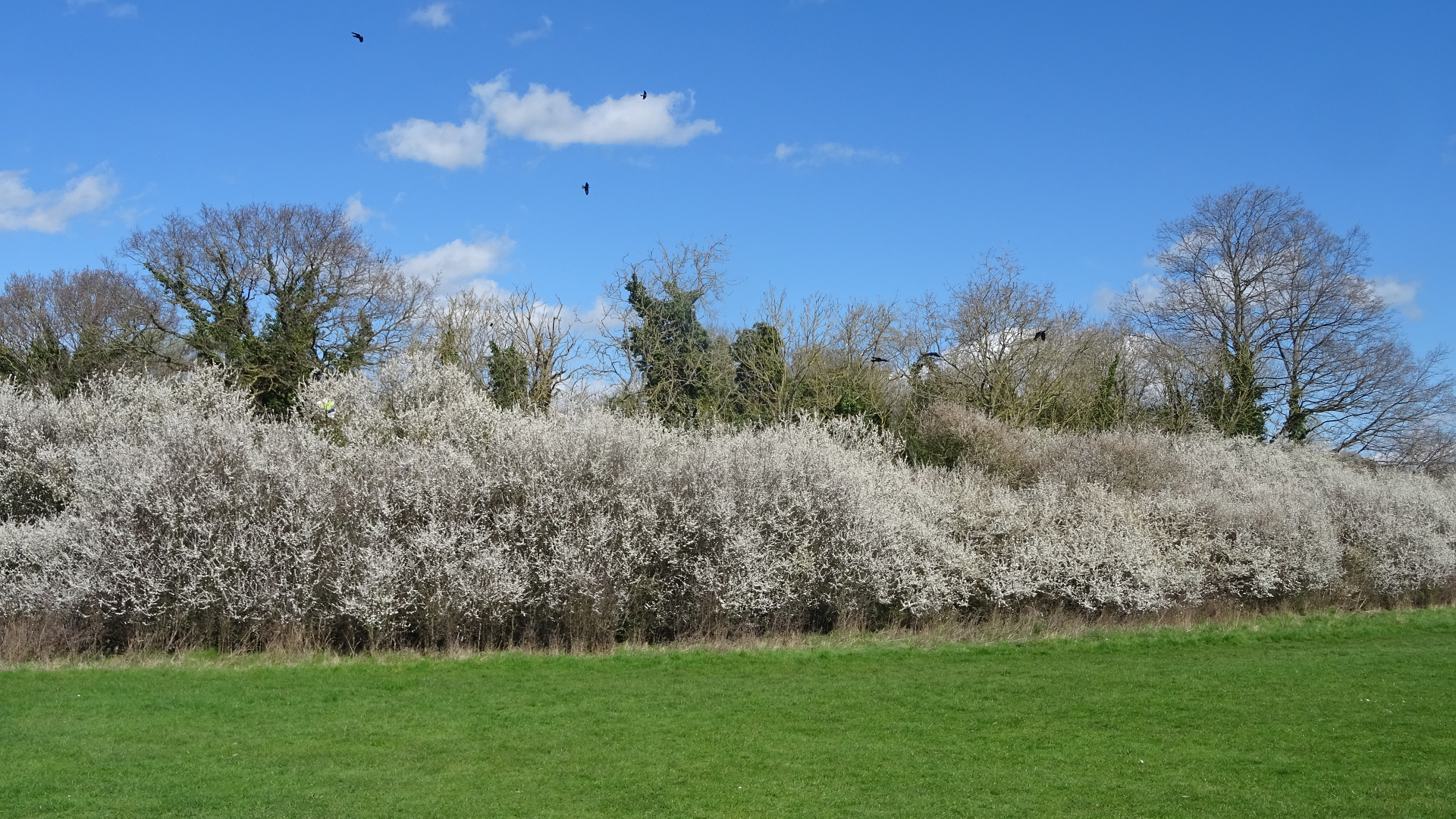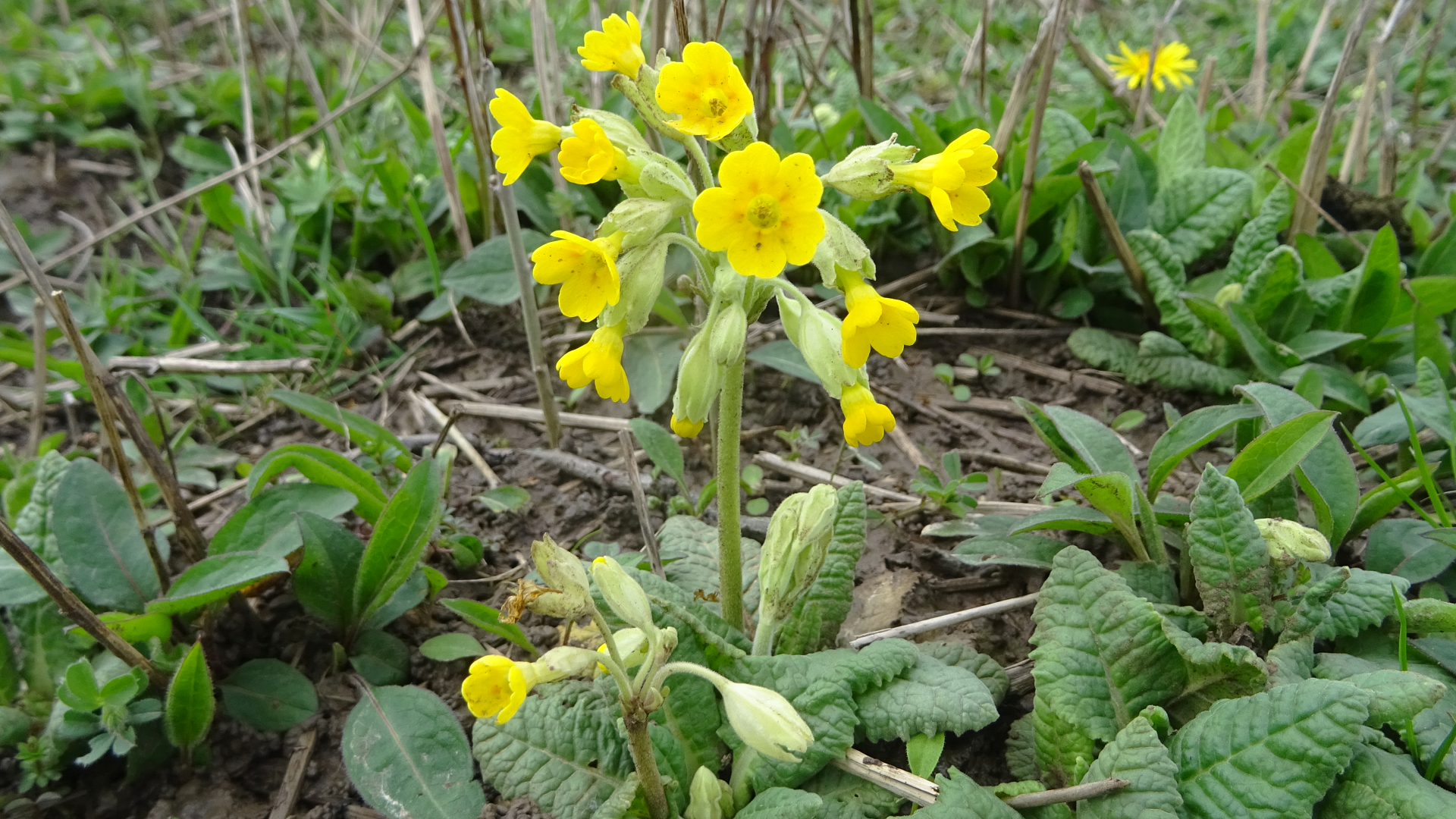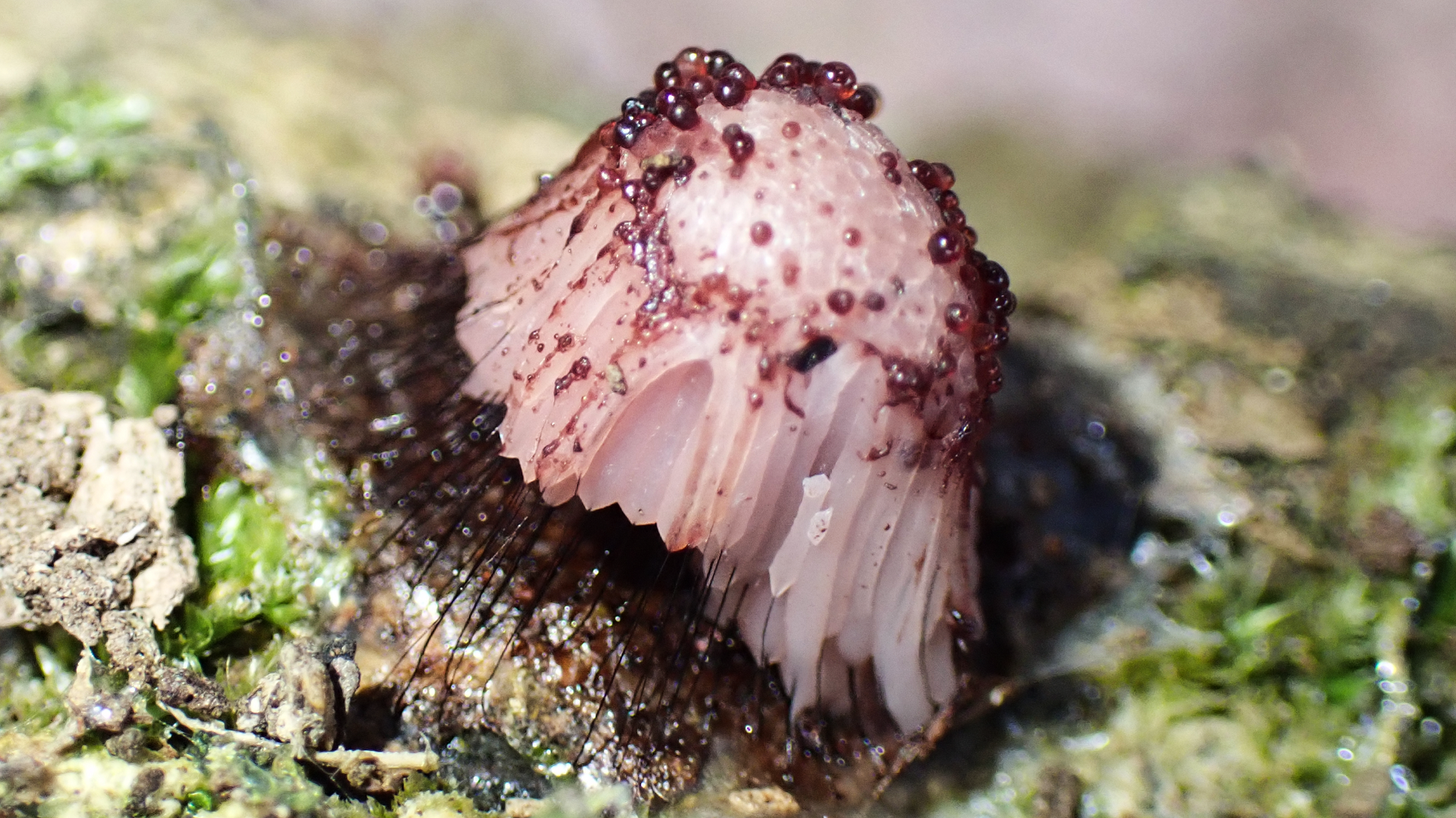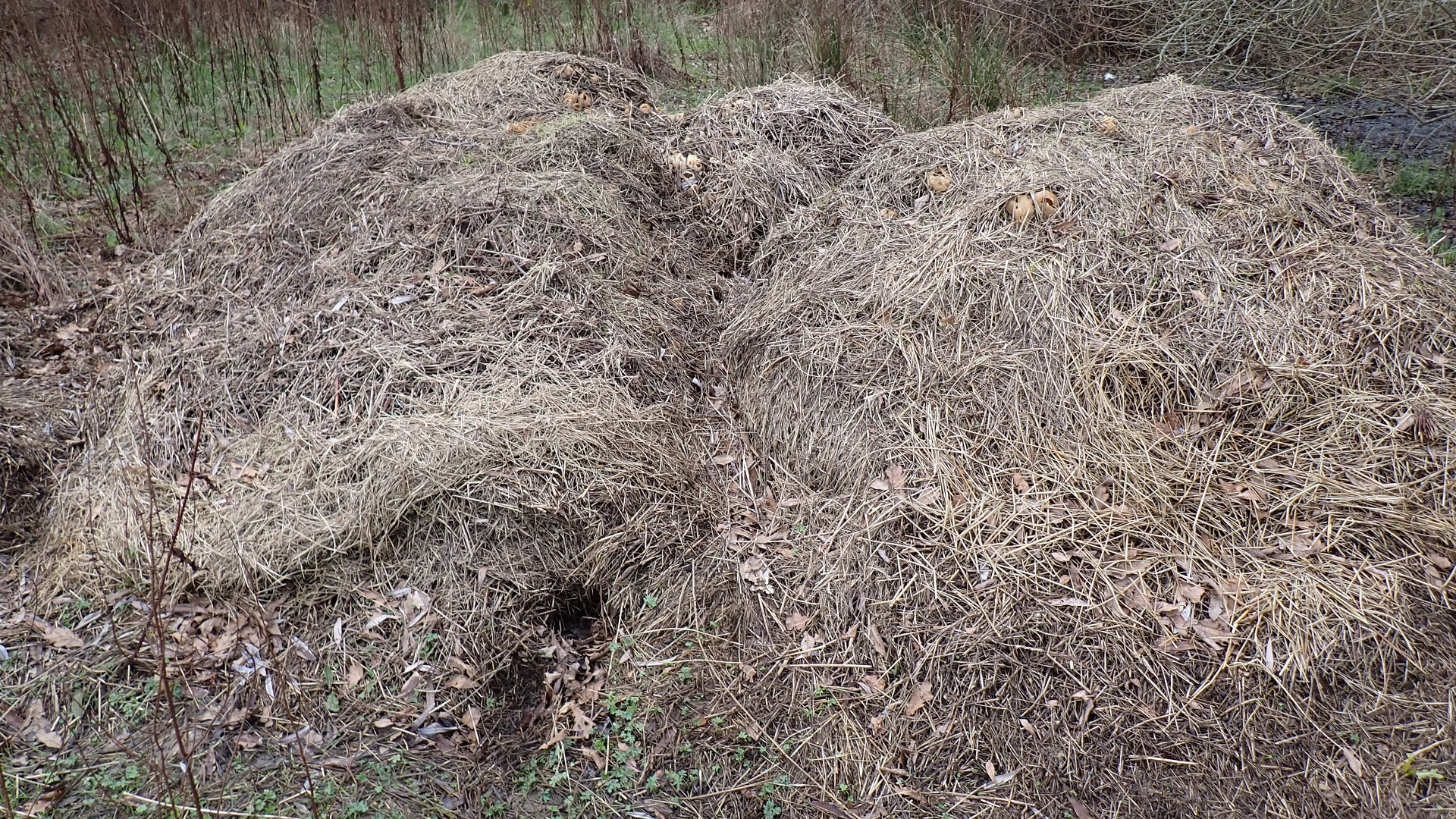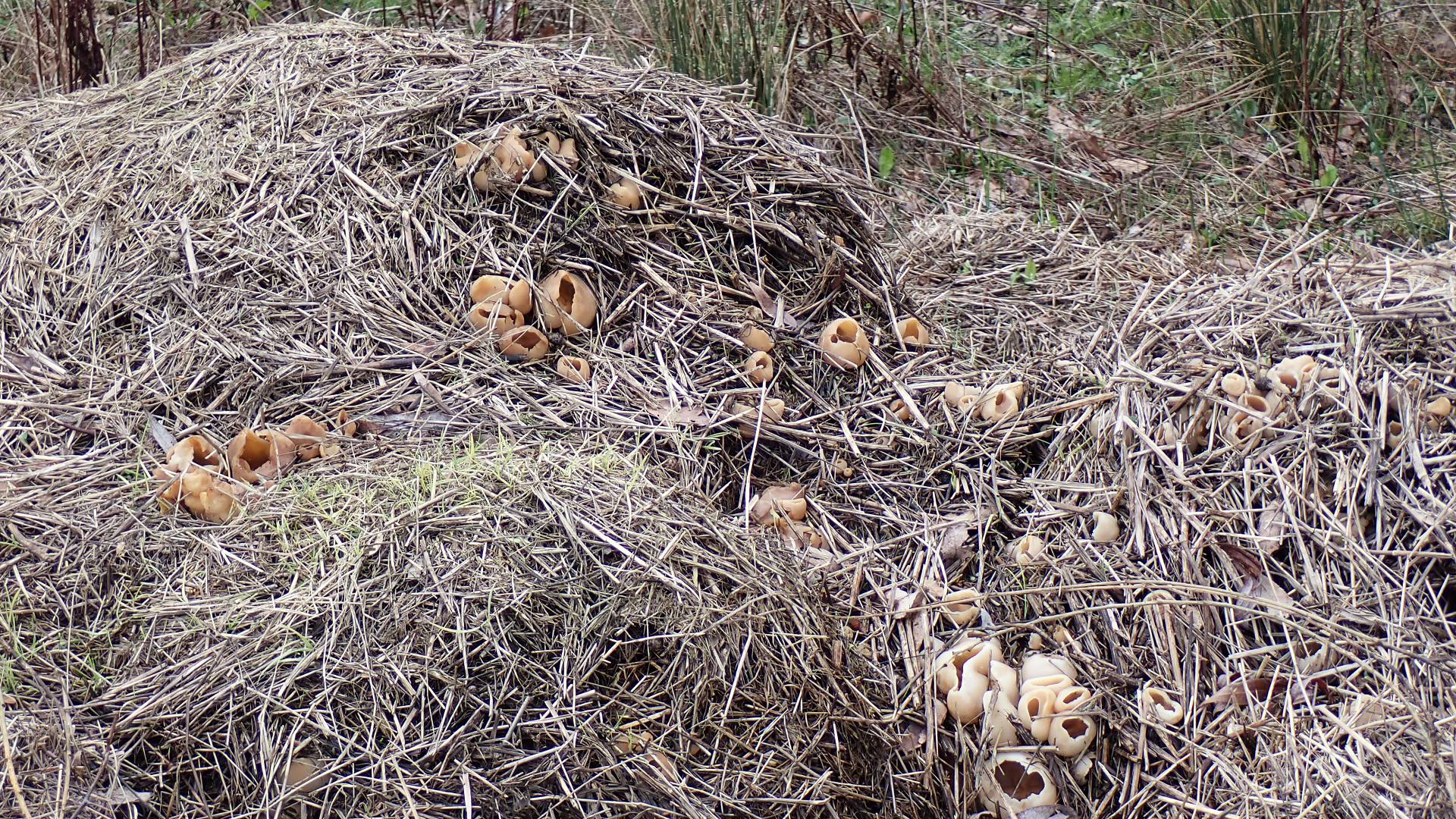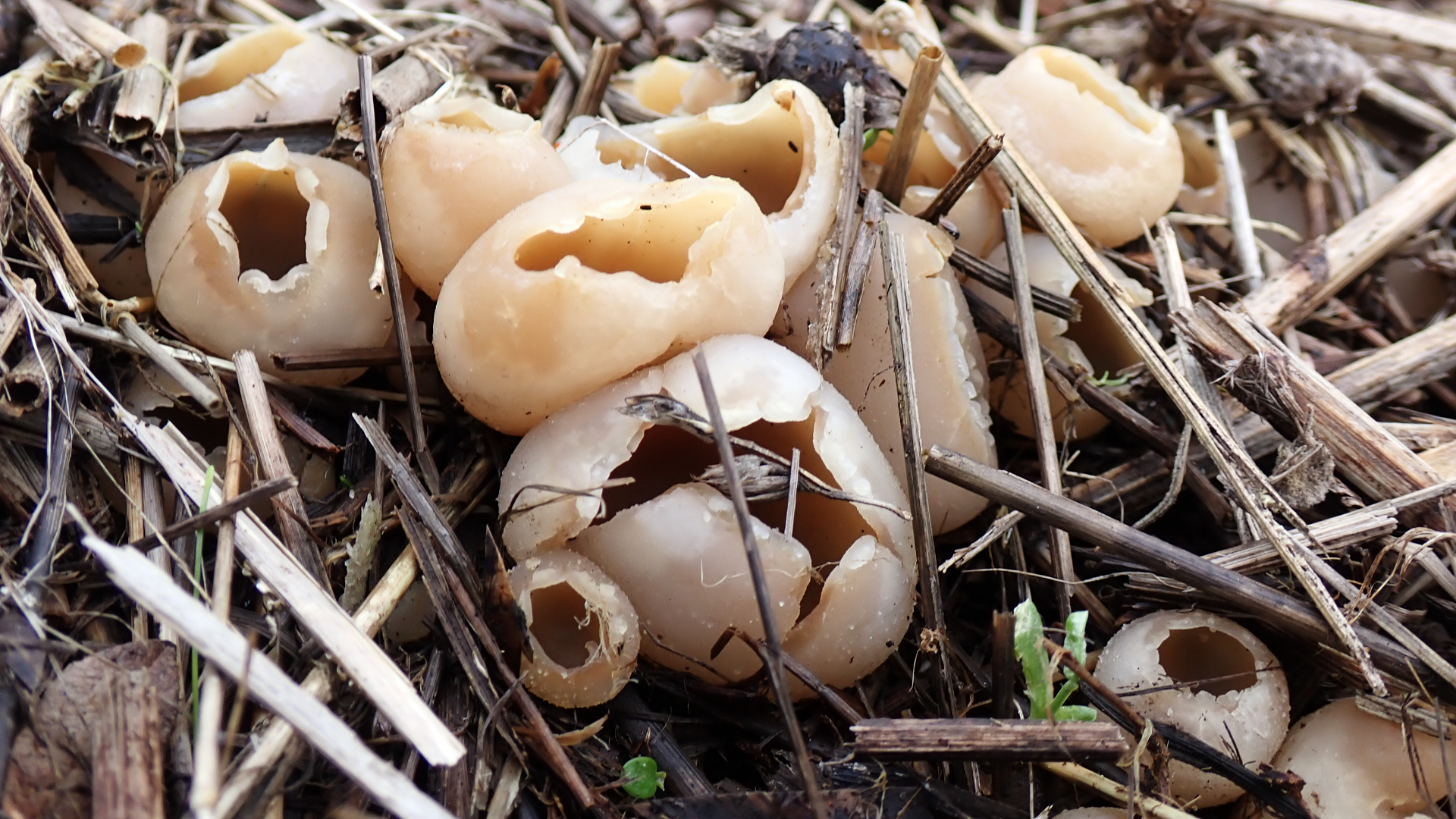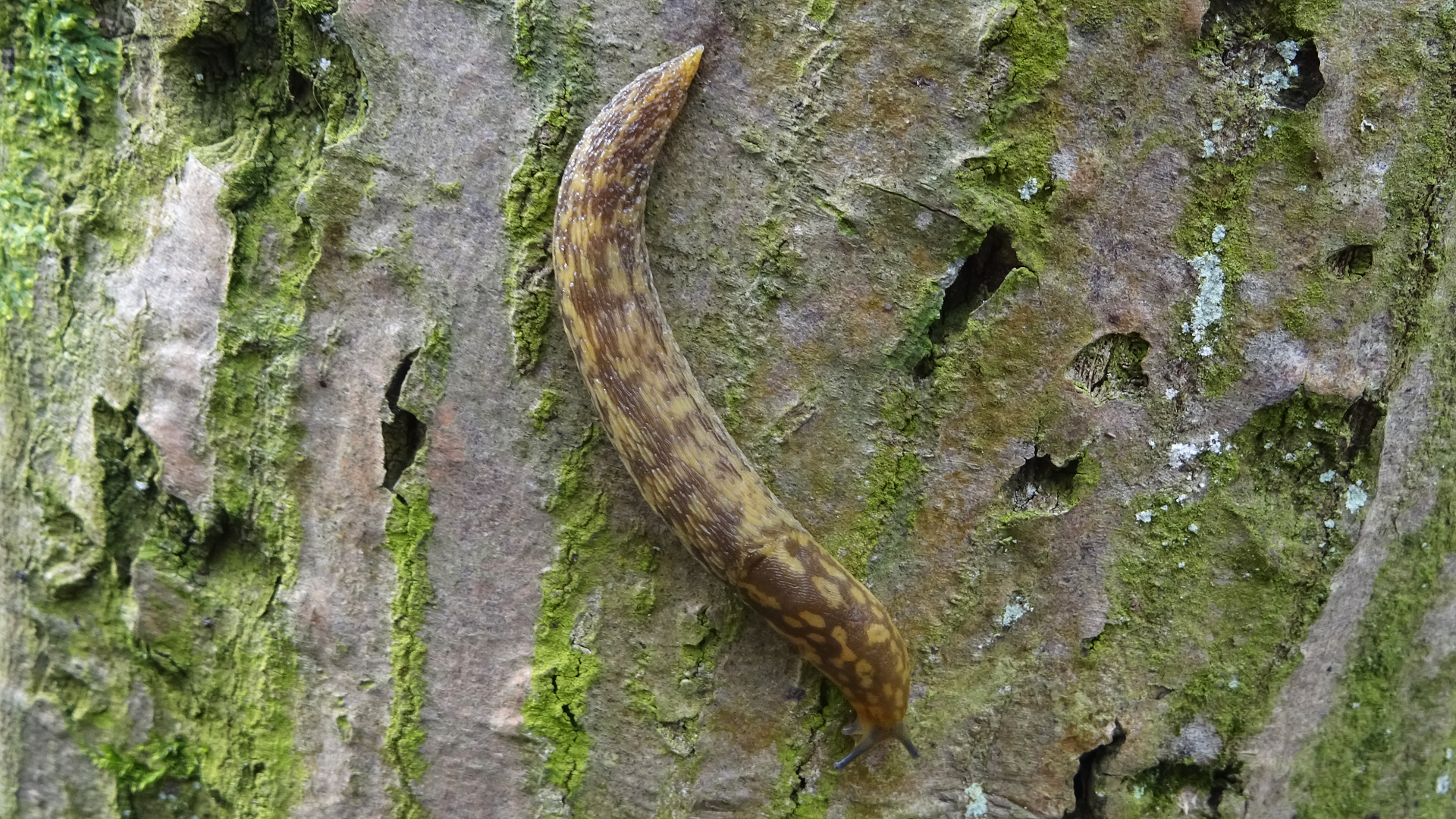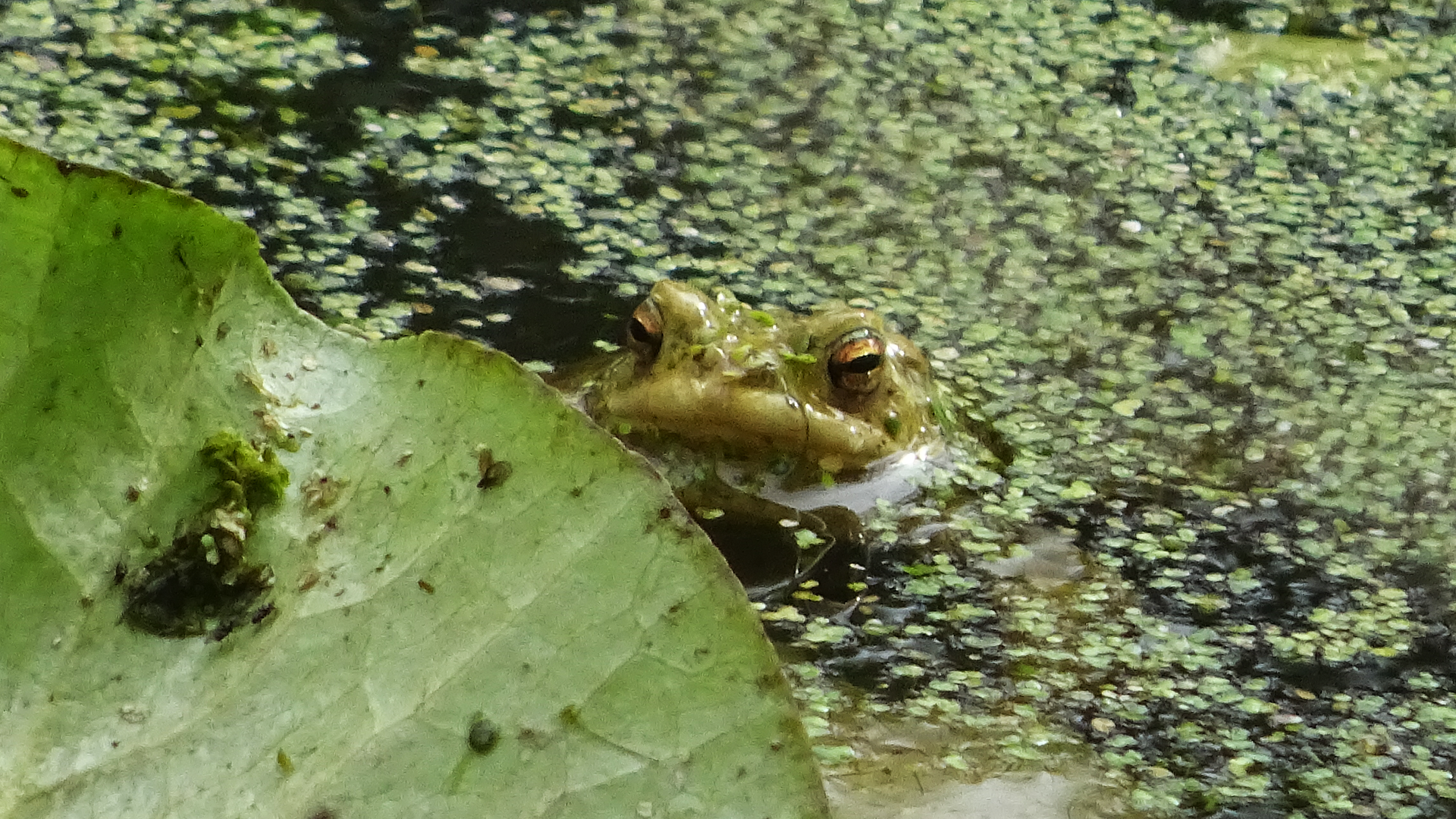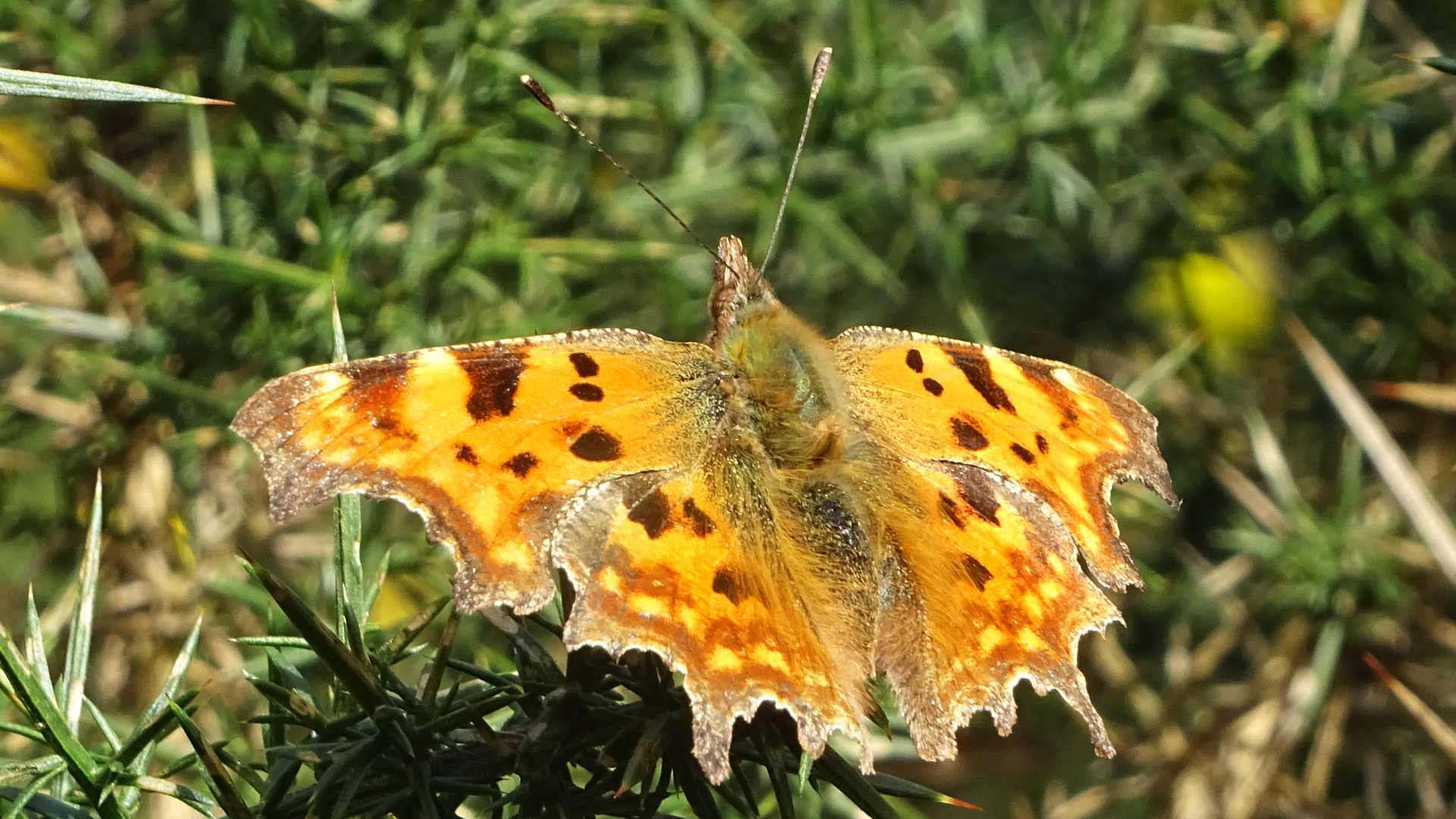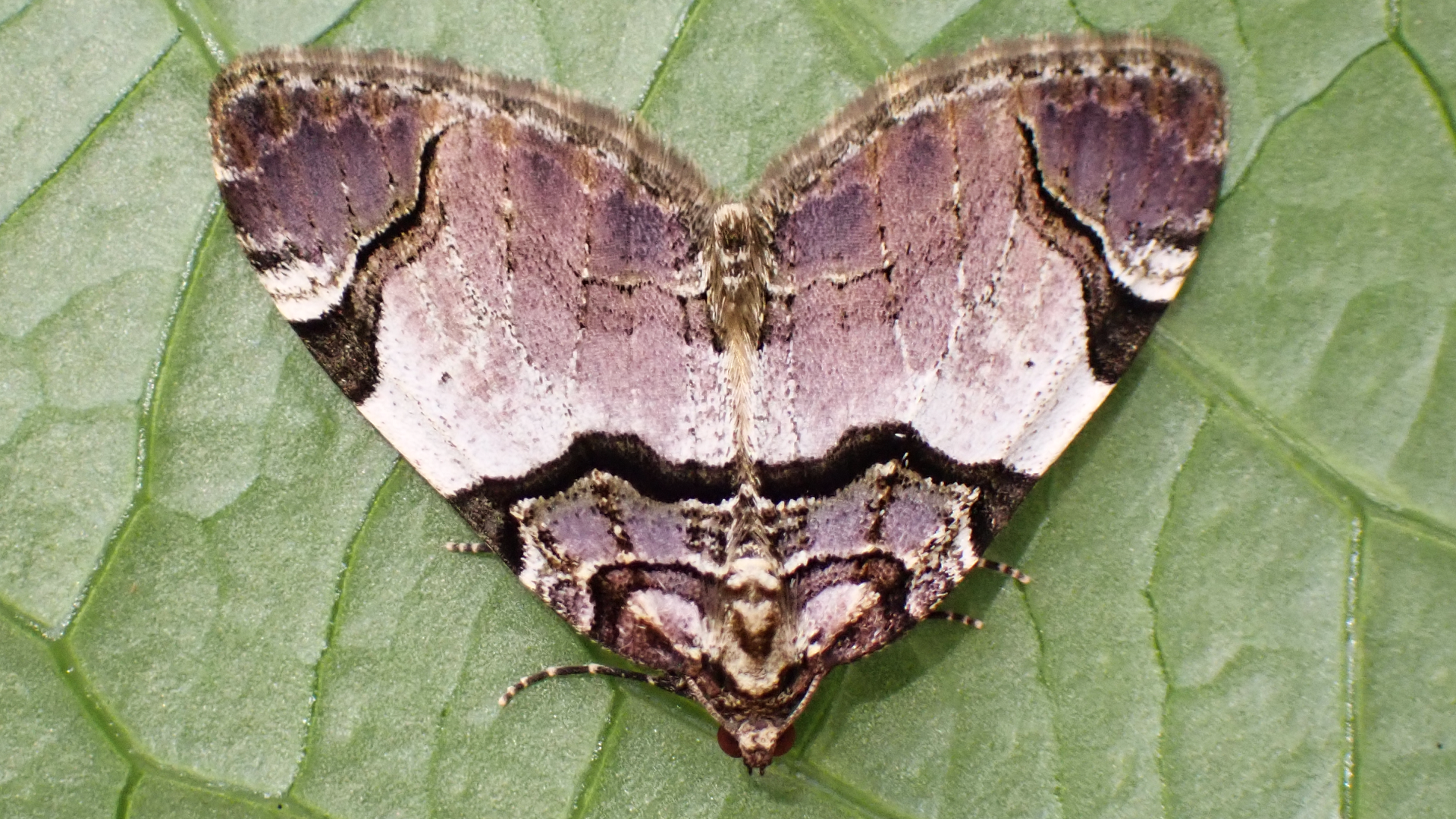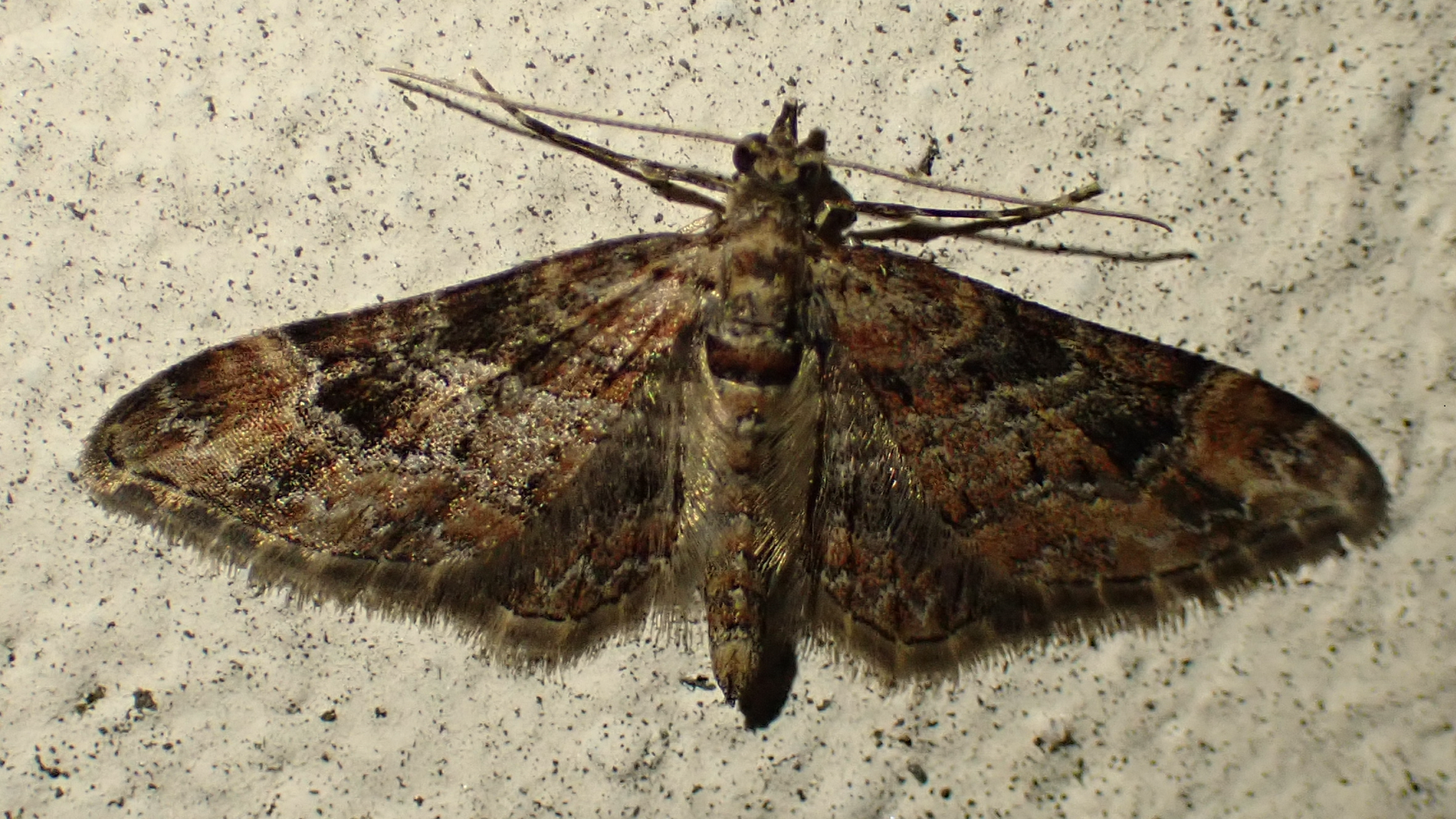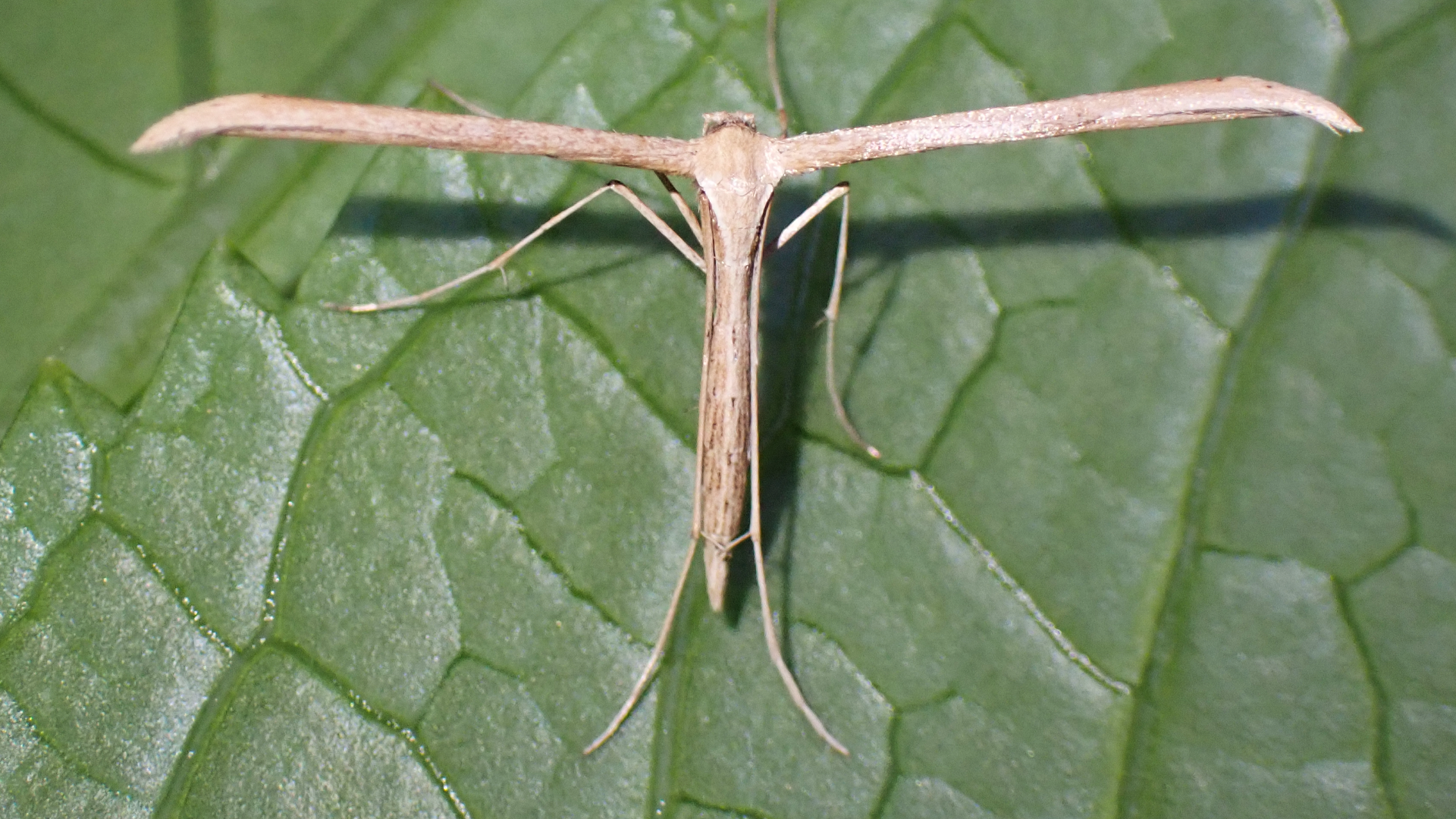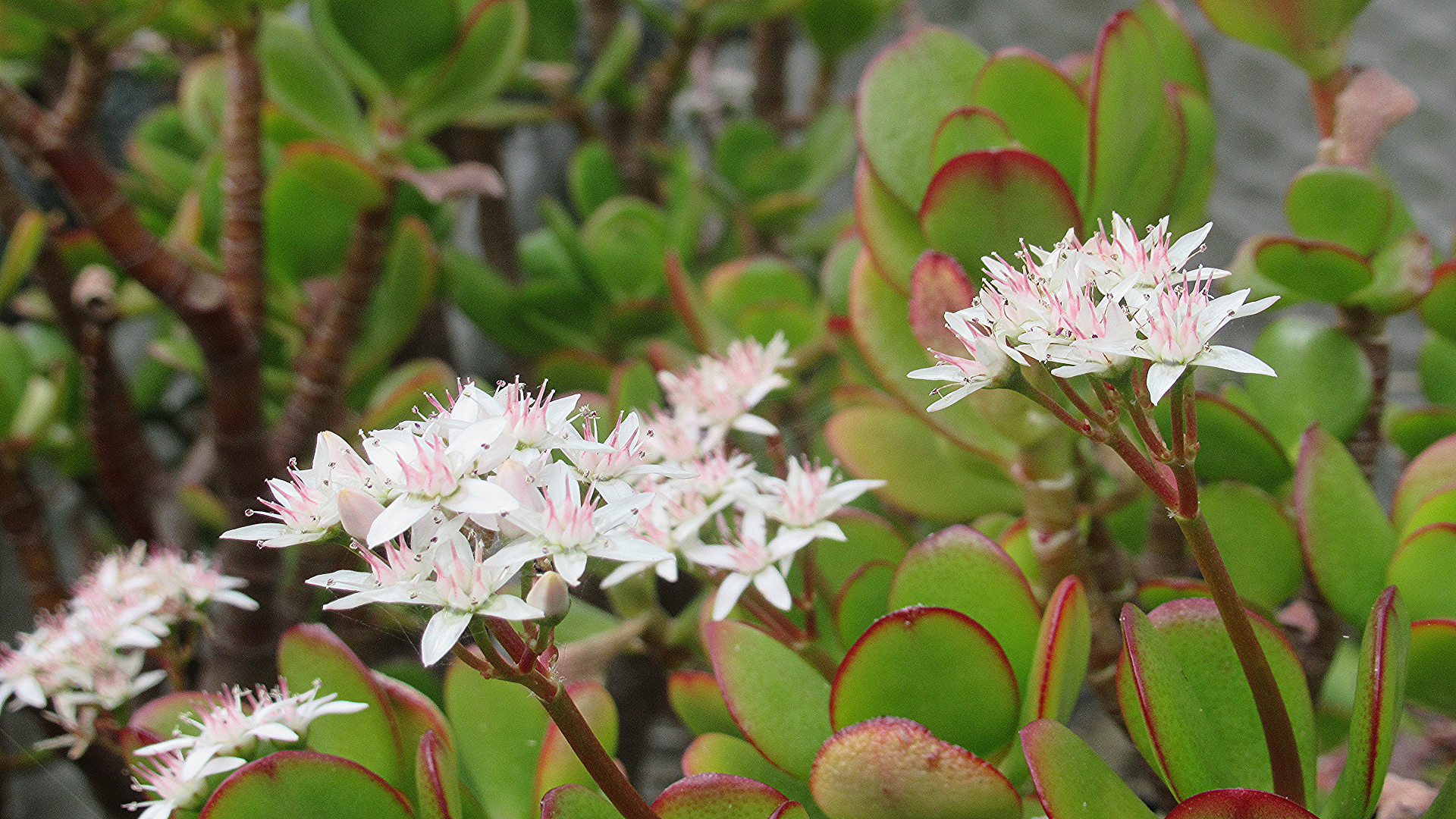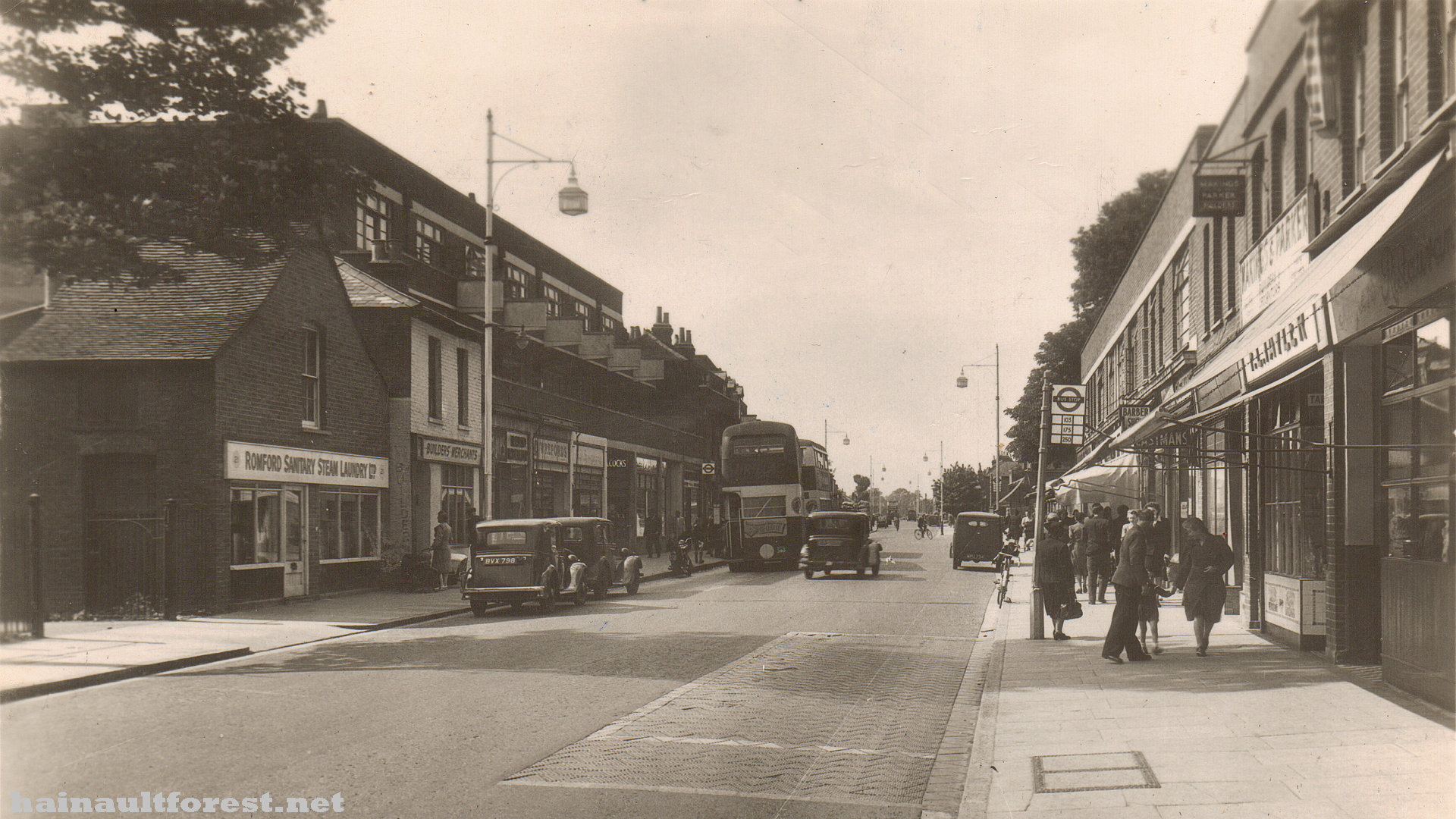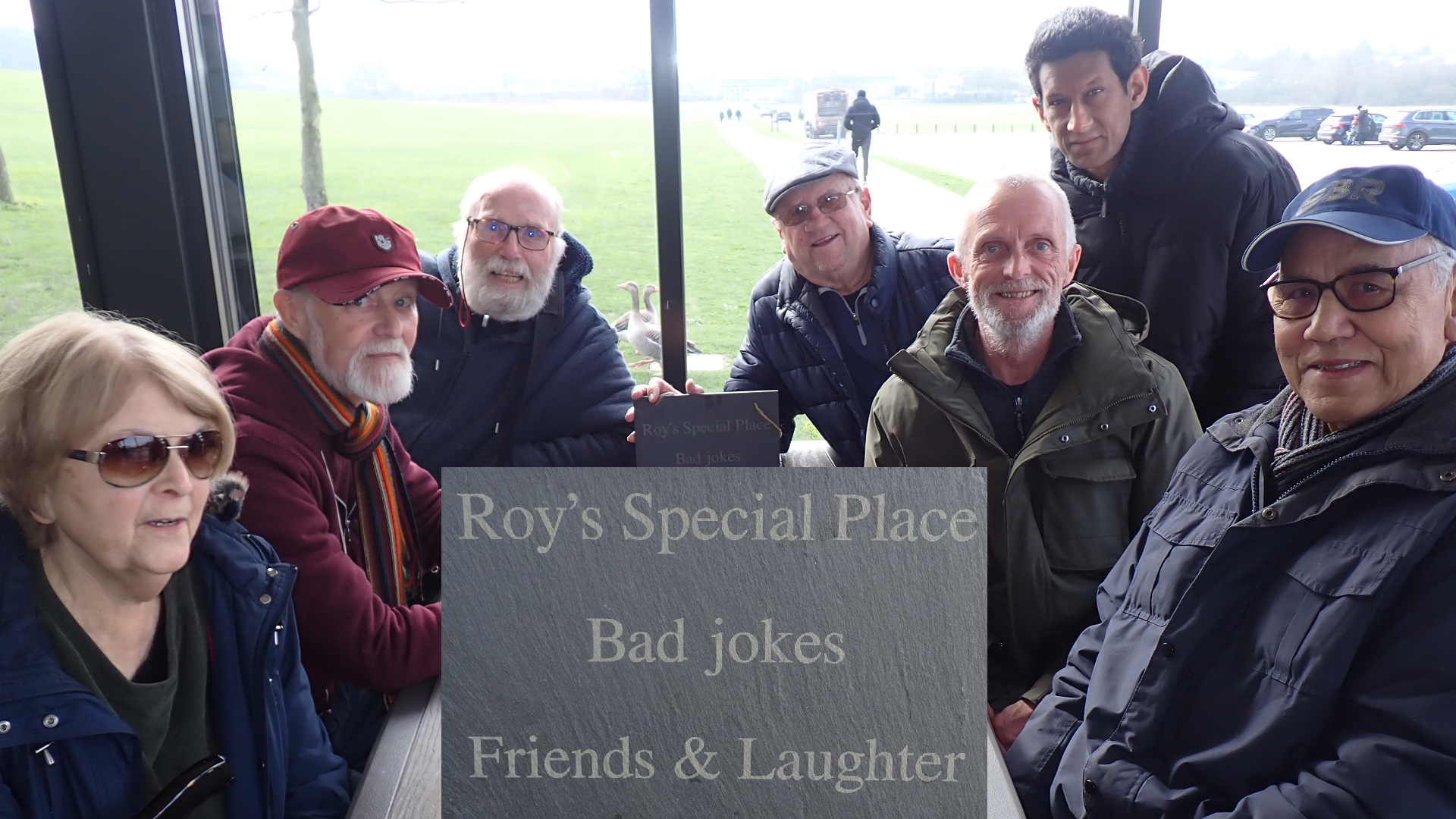

March Journal
2024
© Raymond Small TQ4793 11/03/2024
Mallards courting at Roe's well. The female acknowledged a head bobbing display by the drake by lowering her neck which he grabbed with his bill to pull himself onto her back. A female can suffer neck injury and lose feathers if a male gets too rough, however in this case the coupling was over in a minute with no apparent bad consequences.
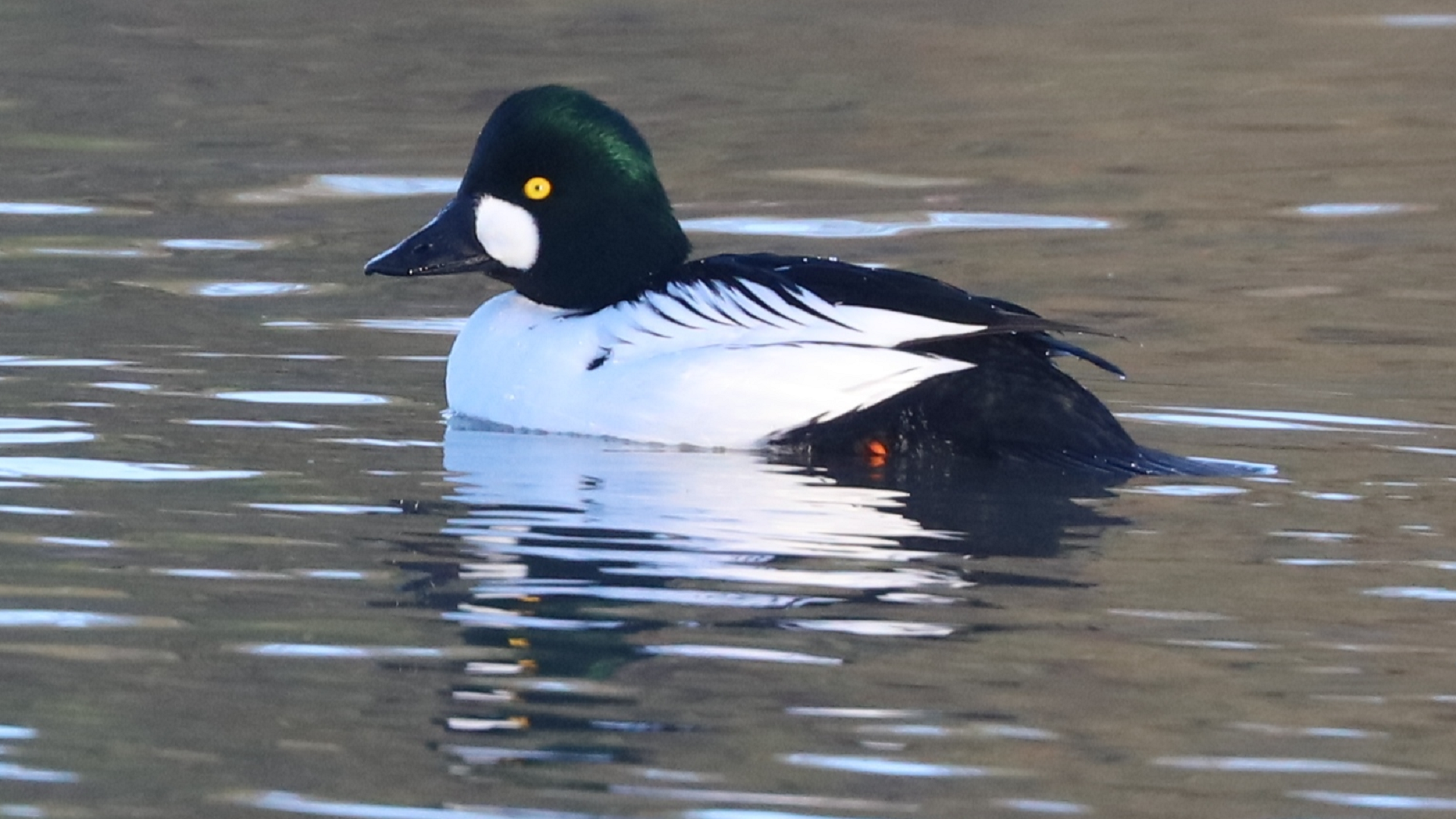
© Mick Trump TQ4792 25/02/2024
The Goldeneye is a medium-sized diving duck rarely seen on Hainault Lake. The last known record here was by ornithologist Mike Dennis in 2003. Males have black and white bodies. The greenish-black heads of males have circular white patches in front of their yellow eyes. Females are mottled grey with chocolate brown heads, they are smaller than the males. This species feeds on mussels, insect larvae, small fish and vegetation.
© Michael Trump TQ4792 23/03/2024
Swans have been absent from Hainault Lake for about two months. This Juvenile appeared during late March possibly arriving from Fairlop Waters or Hollow Pond. Once cygnets are old enough to look after themselves the parents loosen the parental ties. If the cygnets are reluctant to leave the parents may chase them away rather aggressively.
© Raymond Small TQ4792 05/03/2024
Moorhens are licentious and often swap partners during the breeding season. Females seem to prefer small fat mates. Nests are built with dead vegetation positioned among floating plants or next to the water. Eggs are sometimes put in nests of other birds which allows a female to increase her egg output.

© Raymond Small TQ4793 22/03/2024
Blackbirds are often seen turning leaf litter or running across grass in their hunt for worms and insects. Males sing to establish territories and are usually heard from March until June. Their melodies start the dawn chorus when other birds are still quiet and continue until dusk.
© Mick Trump TQ4792 07/03/2024
Redwings are thrush-like in appearance, but have a white stripe over the eye and a red underwing. Large flocks of these shy winter visitors have appeared in Hainault Forest recently probably due to the huge quantities of berries available for them to feed on. They are often seen in the company of fieldfares, but none were spotted here.
© Mike Rumble TQ4792 06/03/2024
The Skylark is larger than a sparrow and smaller than a starling. It has a small crest on the head which is raised when the bird gets excited or alarmed. It flies vertically up in the air and can often be heard singing while on the wing. The phrase "All aboard the Skylark" has been used in films, children's cartoons and as the title of a music album, but where did it originate? It is a humorous reference for going on a pleasure boat at some seaside resorts - the boat being the proverbial 'Skylark'.
© Mike Rumble TQ4792 20/03/2024
As far back as 3100 B.C. the Ancient Egyptians kept Egyptian Geese as pets making them one of the oldest domesticated species. They are now the most widespread African waterfowl appearing in many countries around the world after being introduced. They are early breeders and there has been a report of young being seen at Fairlop Waters already this year.
© Raymond Small TQ4793 20/03/2024
Wood anemones
Anemone nemorosa
grow in shaded ancient woodland. Once common in Hainault Forest this is no longer the case and only one tiny patch, about a metre square, has been found this year. White flowers with yellow centres appear from March until May. The plant spreads gradually through root growth. It cannot rely on its seeds because they are mostly infertile.
© Raymond Small TQ4792 18/03/2024
Lesser Celandine
Ranunculus ficaria is an actinomorphic flower characterised by radial symmetry (i.e. similar parts facing each other around an axis). This member of the Buttercup family is a low-growing plant with glossy green, heart-shaped leaves and bright yellow flowers about 30mm across. It is one of the first spring flowers to appear providing a rich source of nectar for insects that emerge early.
© Brian Ecott TQ4792 16/04/2024
Some plants such as Lesser Celandine use lined patterns and ultraviolet light to guide pollinators towards the middle of the flowerhead. Flowerheads can be thought of as miniature landing pads for flying insects. Flowers produce a sugary liquid called nectar which many insects consume. Nectar is made in glands known as nectaries usually located at the base of the stamens. A visiting insect brushing against the anthers will have pollen deposited on its body. As the insect travels from plant to plant it spreads the pollen and pollination occurs. Pollination is the process of transferring pollen grains from the male anther of a flower to a female stigma. Once a plant is pollinated it makes seeds that will produce the next generation. Pollination by insects is called Entomophily.
© Raymond Small TQ4792 27/03/2024
Blackthorn on a mound north-east of the lake illustrates a historic feature of planting at Hainault. In 1910 Poplar, Aspen, Birch and Beech were encircled by Blackthorn, Bramble and Gorse to prevent damage to the trees by cattle which roamed freely at Foxburrows. The white flowers of Blackthorn blossom before the leaves appear.
© Raymond Small TQ4792 04/03/2024
Straw heaps can affect local flora, however there are benefits for other wildlife. They attract molluscs, springtails, woodlice, millipedes, earwigs, worms and beetles along with the creatures that feed upon them. Decaying straw also produces heat so can provide a perfect habitat for small mammals, reptiles and amphibians. Something has burrowed into the bottom of this heap.
© Raymond Small TQ4792 04/03/2024
Blistered Cup
Peziza vesiculosa is found throughout the year. It is a fungus favouring habitats containing rotting straw and dung heaps. The fleshy cups are white before turning yellowish-brown. The outer surfaces are rough to the touch while the insides are smooth.
The cups grow up to 10cm across.
© Raymond Small TQ4793 14/03/2024
Frogs were active in Hainault Forest during March with spawn left in clumps on the lake and ponds. This frog popped its head above the surface at Sheepwater. Amphibian and Reptile Conservation are always pleased have your sightings recorded on their group's website.
North Street, Romford, about 1959, before the ring road was built around the Market Place in the late 1960s. Many buildings were demolished and a portion of North Street became a paved area. On the left stands Romford Sanitary Steam Laundry Ltd next to a Builders' Merchants. Edward Webster opened a steam laundry in Main Road, with 33 North Street being the premises where customers could take their dirty laundry that needed cleaning. His daughter, Grace, became manageress and with her spouse, ran the business until her father passed away during 1962. The opposite side of the road shows the bus stop for numbers 103, 175 and 250. There is also a Barbers shop.
Thank you to all contributors.
